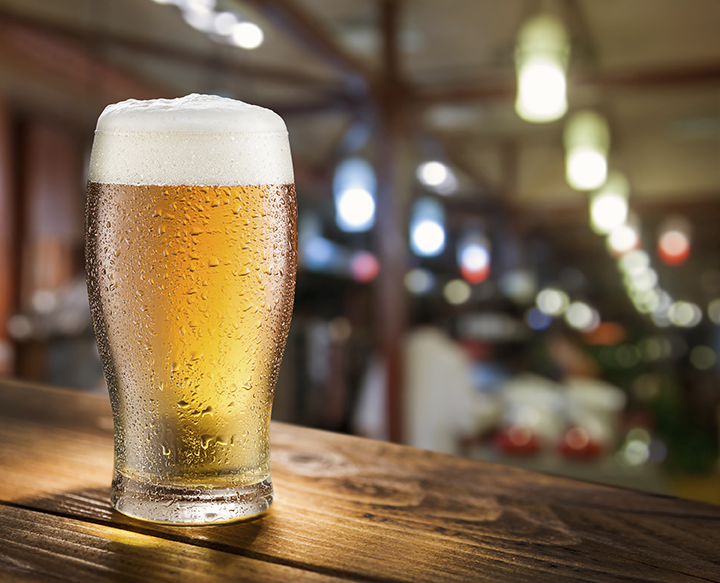
The speed of light has generally been considered a constant in physics. However, theoretical physicists have recently worked on answering the question: “What if the speed of light is not constant?”
While it is unlikely that any changes to the universal constant will be found, physicists are always asking questions like “What is the true speed of light?” to expand their understanding of the universe. The need to question and search out the truth of our surroundings drives all areas of science, not just theoretical physics. And as members of a healthy society, we want our children to pick up the search for the truth as they move through science education in the classroom. It is the hope of science teachers everywhere, not to make all of our children into scientists, but to teach them to ask questions, to think and to discover truth in all of their pursuits.
 As children throughout the country prepare to go back to school, I have a fun experiment you can do at home to discover the speed of light. All you need are a calculator, a ruler, a microwave-safe dish, some marshmallows and some writing utensils. The theory of the experiment is that a microwave oven heats unevenly, and the areas of highest heat will be those with the highest amplitude (a measurement of the strength of the wave of microwave light). If we know where the areas of highest amplitude are, we can measure the distance between the highest amplitude and the lowest amplitude. You will see how as you conduct the experiment.
As children throughout the country prepare to go back to school, I have a fun experiment you can do at home to discover the speed of light. All you need are a calculator, a ruler, a microwave-safe dish, some marshmallows and some writing utensils. The theory of the experiment is that a microwave oven heats unevenly, and the areas of highest heat will be those with the highest amplitude (a measurement of the strength of the wave of microwave light). If we know where the areas of highest amplitude are, we can measure the distance between the highest amplitude and the lowest amplitude. You will see how as you conduct the experiment.
First, place a single layer of marshmallows on the bottom of your microwave-safe dish. If your microwave has a rotisserie dish, remove it, and place your experiment inside the microwave. While your microwave is open, take a look at the label inside the door. You will find the power output of your microwave listed there. For my microwave, I found a power output of 940W at 2450 megahertz. The 2450 megahertz is the frequency of the microwave light that moves through the inside of the oven and heats my food. You will need the microwave’s frequency later.
 Now, set the microwave for about 1 minute, and start cooking. Watch the marshmallows until you see several areas start to sink. These are the areas of highest cooking intensity. In my microwave, it only took about 15 seconds to see the pattern emerge; yours may take more or less time. Now, use a ruler and measure the distance between one of the low areas and one of the high areas (the most-cooked space and the least-cooked space). For me, this distance was about 6 centimeters.
Now, set the microwave for about 1 minute, and start cooking. Watch the marshmallows until you see several areas start to sink. These are the areas of highest cooking intensity. In my microwave, it only took about 15 seconds to see the pattern emerge; yours may take more or less time. Now, use a ruler and measure the distance between one of the low areas and one of the high areas (the most-cooked space and the least-cooked space). For me, this distance was about 6 centimeters.
We now have all of the information we need to discover the speed of light. The speed of light is defined as the frequency of a light signal times the wavelength of the same light signal. The frequency of our microwave light was found on the label of our microwave. The wavelength is twice the distance we measured between the area of cooked marshmallow and the area of uncooked marshmallow. The hardest part is converting our measurements to Hertz, and meters. For me, I converted 12 cm to meters by dividing12 centimeters by 100, and I converted my wavelength of 2450 megahertz to hertz by multiplying 2450 by 1,000,000.
My answer to the question, “what is the speed of light” is 2.94 x 108 meters per second. Don’t worry about the units. If you took my advice and converted to hertz and meters in the beginning, I promise your units all worked out. Try it at home, and you will see for yourself. Have fun, and have a great school year.
By R.J. Linton






